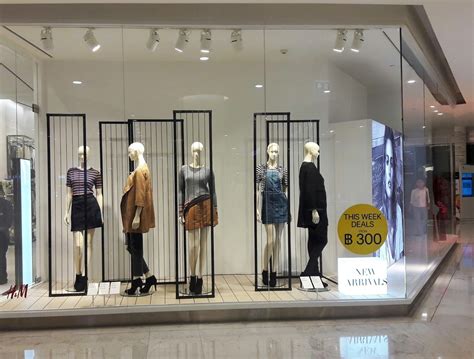The Silent Army
In the vast, echoing warehouses of forgotten retail, an army of silent figures lurks – mannequins, thousands upon thousands, frozen in poses that evoke a bygone era of consumerism. These mannequins, once the silent salesmen of department stores and boutiques, have been relegated to storage, their purpose lost in the relentless march of e-commerce and fast fashion.

A Staggering Surplus
According to the American Apparel & Footwear Association, the United States alone has an estimated 10,000 to 20,000 mannequins in storage. This staggering surplus highlights the scale of the decline in brick-and-mortar retail, as stores close and excess inventory accumulates.
The Cost of Storage
The mannequins’ storage is a costly burden for retailers. According to industry estimates, the average cost to store a single mannequin is $10 to $15 per month. Assuming 10,000 mannequins are in storage, this equates to an annual storage cost of $120,000 to $180,000 – a significant expense that can eat into already slim profit margins.
Why So Many Mannequins?
The mannequin surplus stems from a combination of factors:
- Changing consumer behavior: The rise of online shopping has reduced the need for physical stores, leading to the closure of many retail outlets.
- Fast-changing fashion trends: Mannequins often showcase specific styles or collections, which become outdated quickly as fashion evolves.
- Overstock: Retailers may purchase mannequins in anticipation of demand that fails to materialize or end up with excess inventory due to slow sales.
Environmental Concerns
The mannequins’ storage also poses environmental challenges. Mannequins are typically made of non-biodegradable materials such as fiberglass, plastic, and metal, which can take hundreds of years to decompose. The accumulation of mannequins in landfills contributes to waste and pollution.
Creative Repurposing
Recognizing the need to address the mannequin surplus and its environmental impact, some retailers and designers are exploring innovative ways to repurpose these mannequins. These include:
- Art installations: Mannequins have been used in art installations to create thought-provoking and visually arresting exhibits.
- Decor: Mannequins can be repurposed as decorative elements in homes, businesses, and events.
- Upcycling: Mannequins can be disassembled and upcycled into new products, such as furniture or art objects.
Tips for Retailers Facing Mannequin Surplus
Retailers faced with a surplus of mannequins should consider the following tips:
- Re-evaluate inventory: Regularly assess the mannequins in storage to identify those that are obsolete or no longer needed.
- Explore repurposing options: Consider partnering with artists, designers, or organizations that can repurpose mannequins into new products or installations.
- Donate to charities: Mannequins can be donated to schools, theaters, or other organizations that can benefit from them.
Pros and Cons of Mannequin Storage
Pros:
- Maintains mannequins for future use
- Prevents disposal of expensive inventory
- Reduces waste and environmental impact
Cons:
- Incurs significant storage costs
- Requires space and resources
- Mannequins may become obsolete or outdated
Conclusion
The mannequin surplus is a stark reminder of the challenges facing the retail industry. As e-commerce continues to grow and consumer preferences change, retailers must find innovative solutions to manage excess inventory and reduce environmental waste. By embracing creative repurposing and exploring new applications, the industry can turn this silent army into a valuable resource.
